Born as Eve Cohen in 1912 in Philadelphia from Russian-Jewish immigrant parents who had fled persecution, she was one of nine children. Her childhood was spent in poverty because her father, although a well-educated man and a rabbi, could only find work as a peddler. Arnold was gifted her first camera by a boyfriend and quickly became a self-taught photographer. It was only in 1948 that she was able to receive training by Alexey Brodovitch, the at-the-time art director of Harper’s Bazaar and a photographer himself, during a course at the New School for Social Research in New York. For one assignment, Arnold went to Harlem in order to take photographs of the fashion shows that were held in deconsecrated churches, bars and restaurants. Due to the poorly lit environments in which she was shooting, Arnold was required to quickly learn how to transform this inconvenience into a strength. The ability to skillfully use the available light in any situation became an integral part of her photographic production and made her portraits particularly evocative and vibrant.
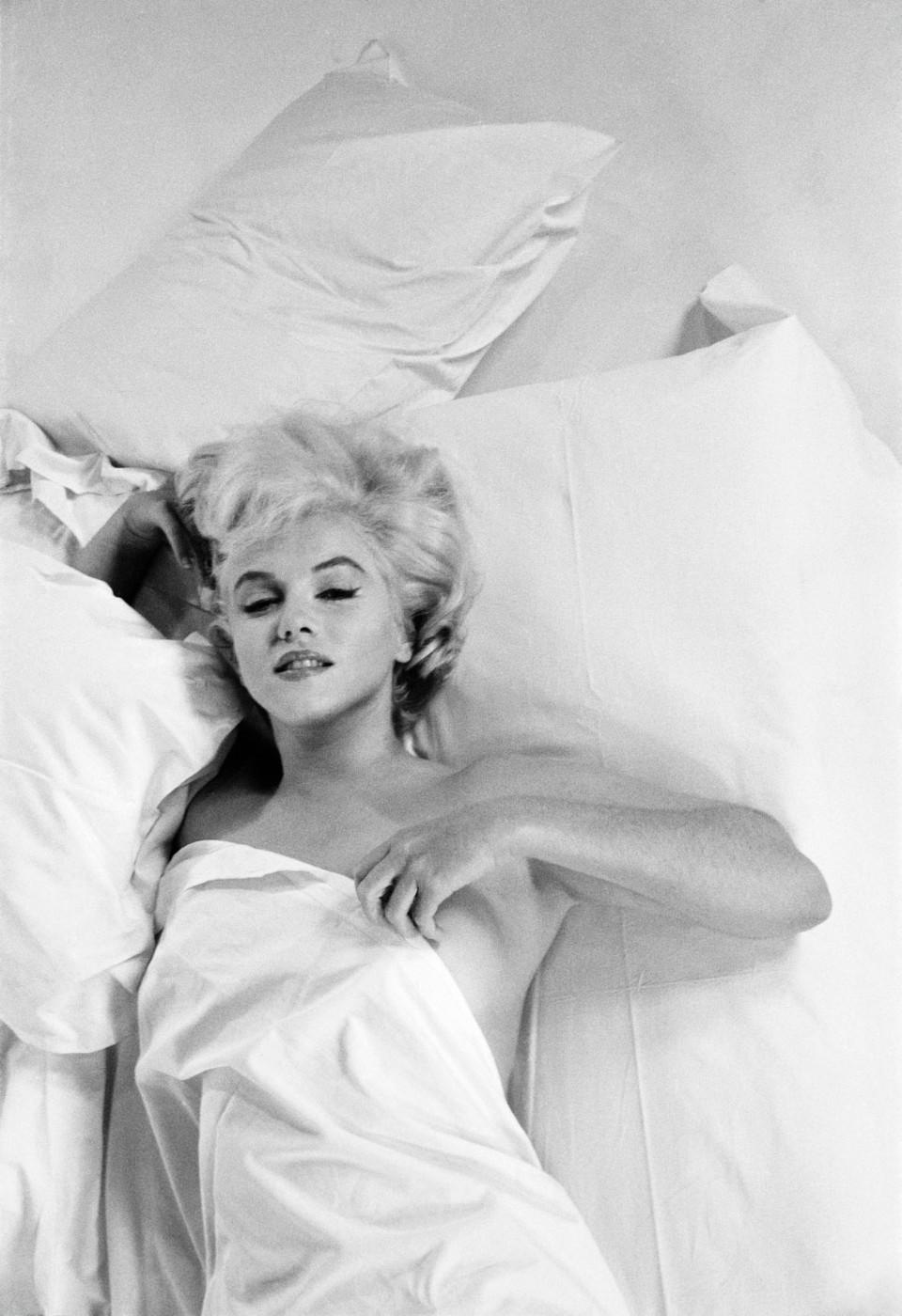
Marilyn Monroe, Hollywood, USA, 1960
The Casa-Museo Villa Bassi in Abano Terme, a town in the province of Padova in the Veneto region, hosts the first Italian retrospective of the works of the American photographer Eve Arnold. From the Harlem ghetto to Inner Mongolia, from Haiti’s secret voodoo practices to the private moments of Hollywood actresses, this exhibition focuses exclusively on Arnold’s portraits of women across the globe.
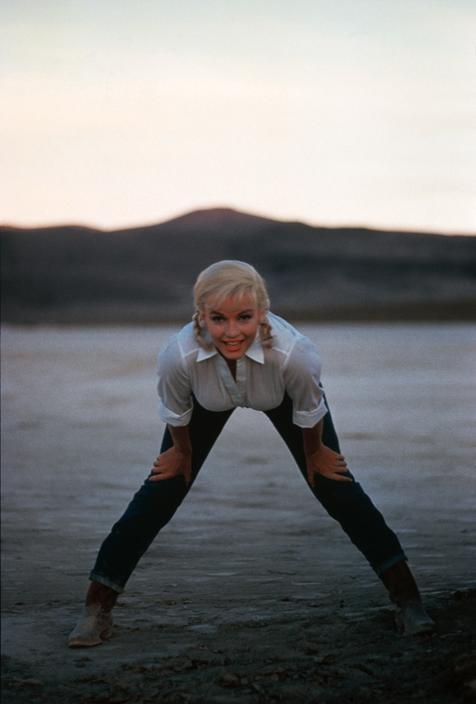
Marilyn Monroe on the set of "The Misfits" by John Huston, Nevada, USA, 1960
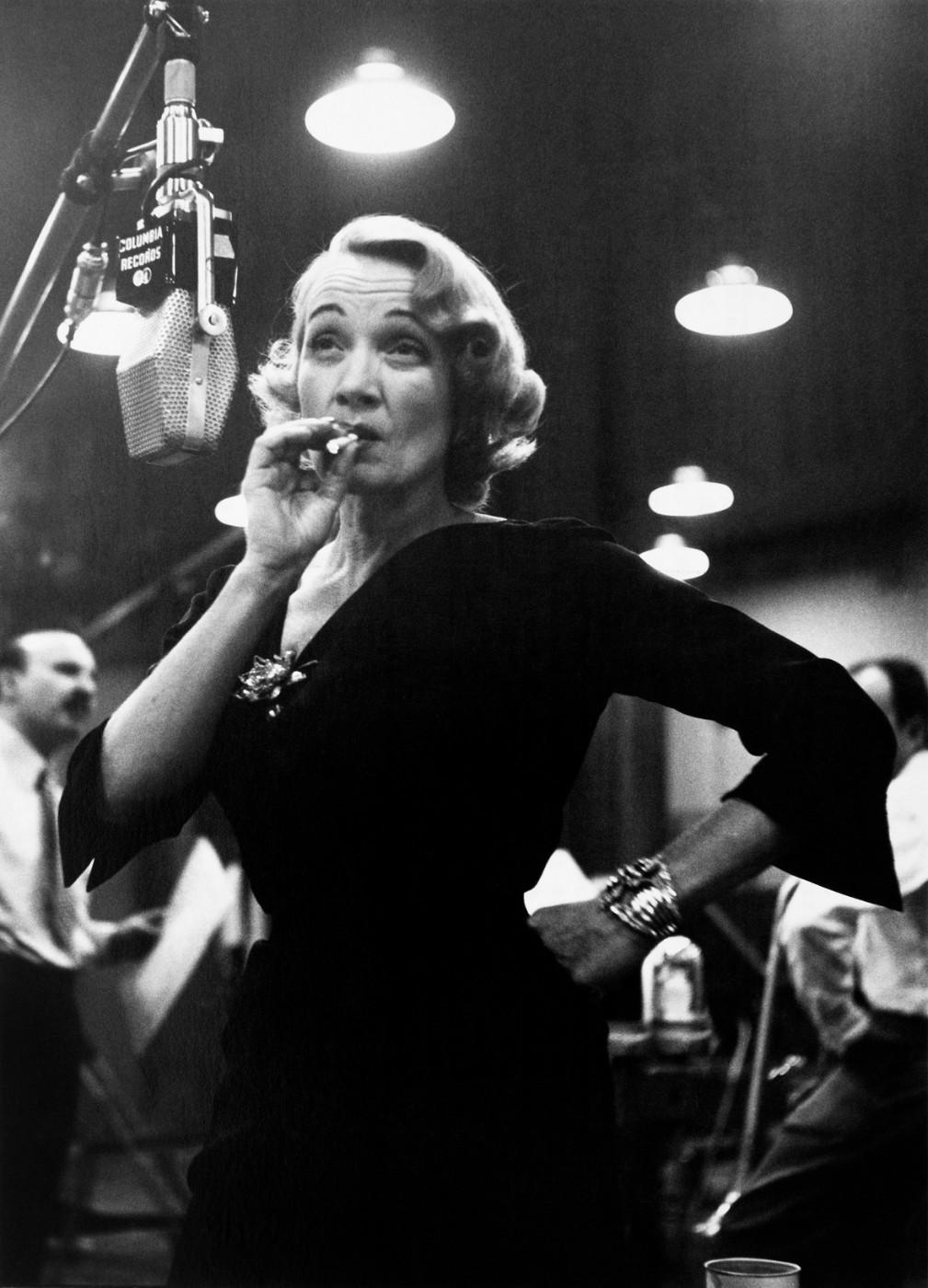
Marlene Dietrich at Columbia records studios, New York, USA, 1952
Because virtually no American publication was printing images of black people at the time, Arnold’s Harlem photographs ended up being published in the United Kingdom by the magazine Picture Post. The photographs of Harlem got the attention of Henri Cartier-Bresson, one of the founders of the photographic agency Magnum. Bresson met Arnold in 1951. It took her only six years to become a full member and the first female member of the agency.
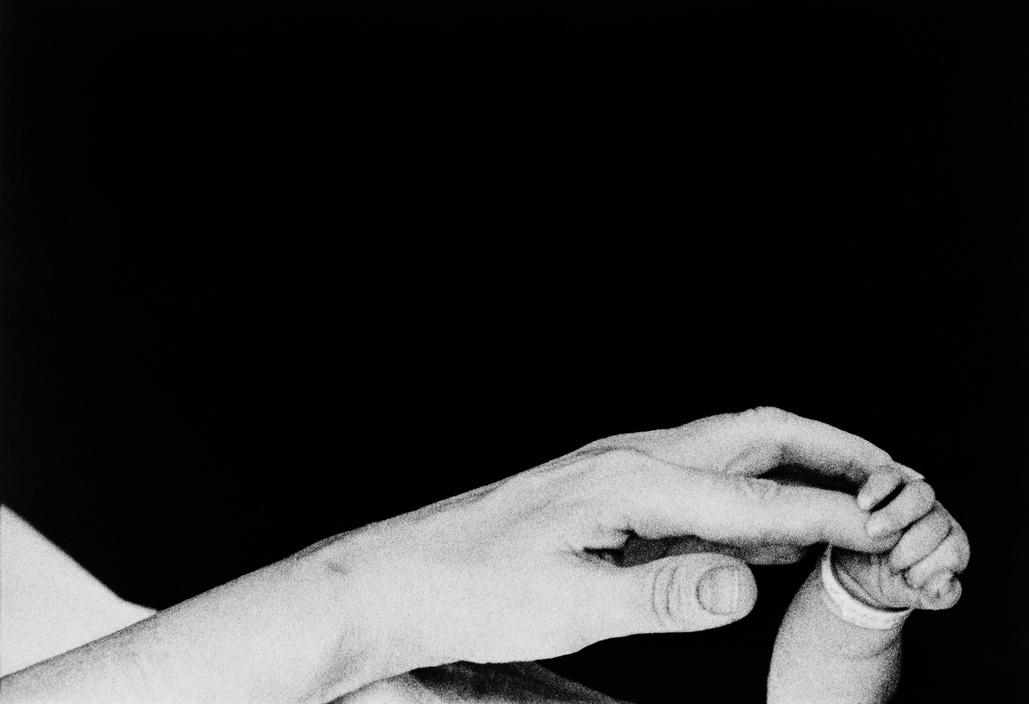
Mother holds her child's hand, Long Island, New York, USA, 1959
In 1952, Arnold moved to Long Island and worked on one of the most important and well-known projects of her career, A Baby’s First Five Minutes. The images told the stories of the first five minutes in the lives of the babies born at the Mother Hospital in Port Jefferson. During the 1950s and 1960s, Arnold photographed many celebrities—Marylin Monroe, Paul Newman, Joan Crawford, Marlene Dietrich, and Andy Warhol—and brought attention to social and political events and personalities, such as the Civil Rights Movement and Malcolm X, and the rise of political figures like Senator Joseph McCarthy.
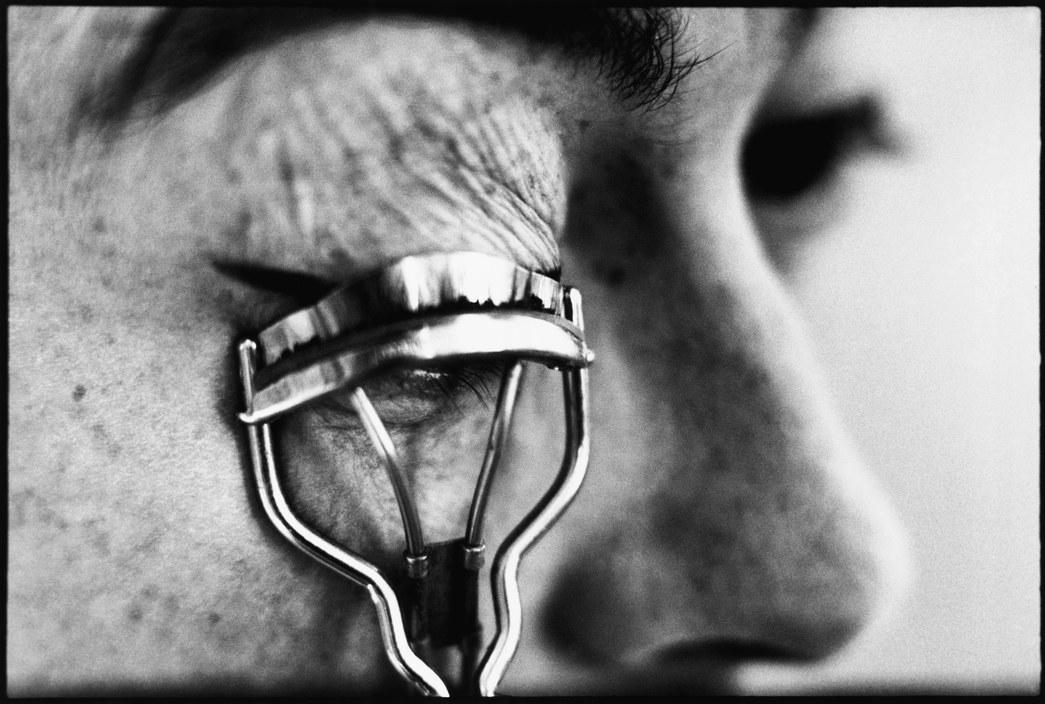
Joan Crawford, Los Angeles, USA, 1959
Yet, the focus of Arnold’s work was on women; their struggles, their strengths, and the expectations that society was placing upon them. Over the years, Arnold not only portrayed the conditions of women in America and Britain but also around the world. With the images of Joan Crawford, Arnold showed the glamourous yet psychologically and physically demanding world of a Hollywood actress. About Crawford, Arnold recalled: “Those would be her days for having her nails done, her hair colored, her legs waxed, her eyebrows dyed; all of which she wanted me to record on film, to show her devotion to the public.”
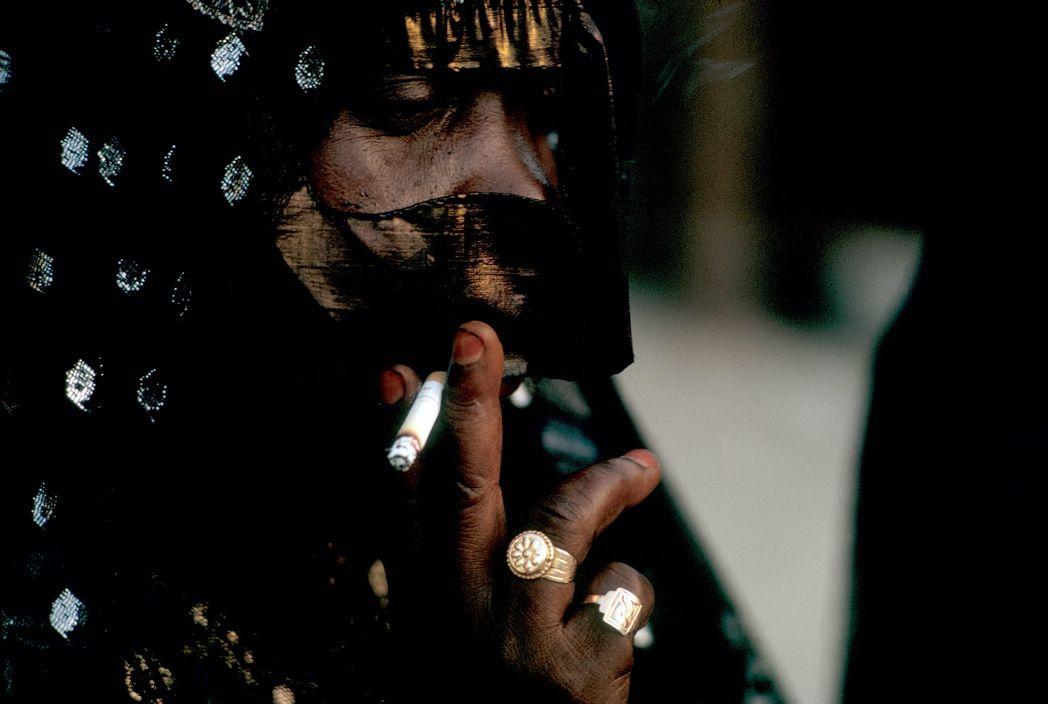
Wedding celebrations, Dubai, United Arab Emirates, 1971
Arnold documented the lives of Middle Eastern women in the project Behind the Veil (1971) and she was one of the first Western photographers to visit Communist China in 1979. Her photographs showed the world the transition period of a country that still relied on traditional activities such as cormorant fishing while taking the first steps towards becoming one of the biggest economies in the world.
In the book The Unretouched Woman (1976) Arnold said that she wanted to document poverty because she had experienced it; she had lost a child and that is why she was interested in birth; she was a woman and she wanted to understand women. Eve Arnold was a woman in a profession dominated by men. She strongly opposed the label of “woman photographer” because she simply wanted to be recognized as a photographer who happened to be a woman. And she was a great photographer. Without her unique way of looking at the world, there would be no record of Marylin Monroe’s timeless and familiar beauty, of a baby’s first touch with their mothers, the fearless Mongolian girls training horses for the militia, or the exuberant fashion shows in Harlem.
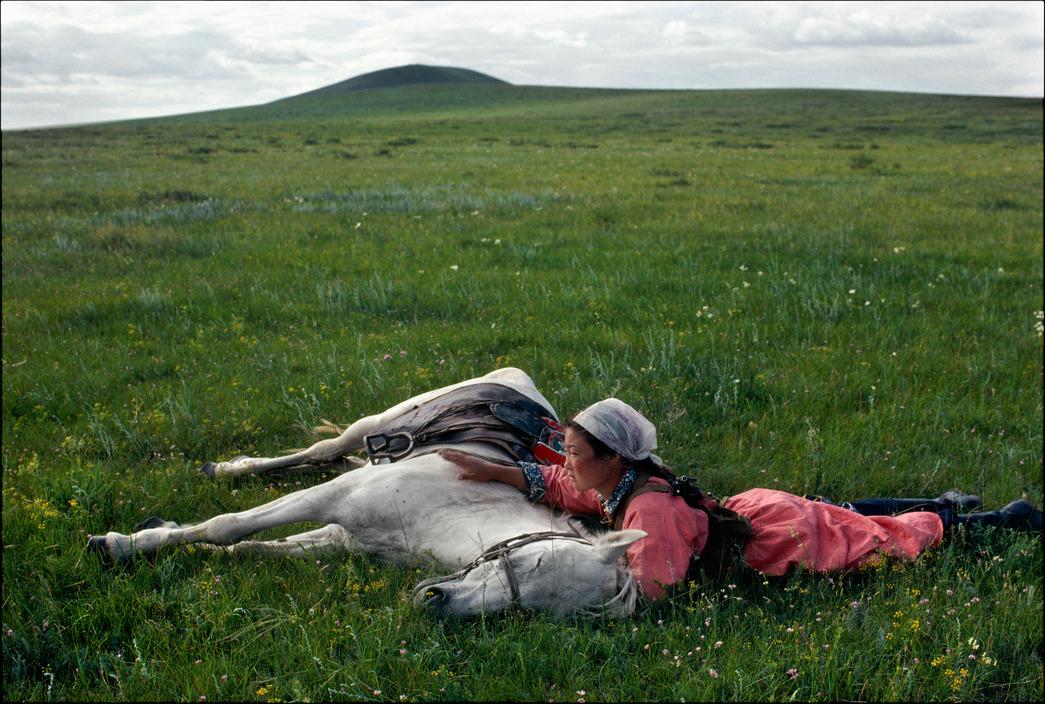
Horse training for the militia, Inner Mongolia, China, 1979
Eve Arnold: Tutto Sulle Donne (All About Women) is on view at Casa-Museo Villa Bassi in Abano Terme until December 8th, 2019.
























